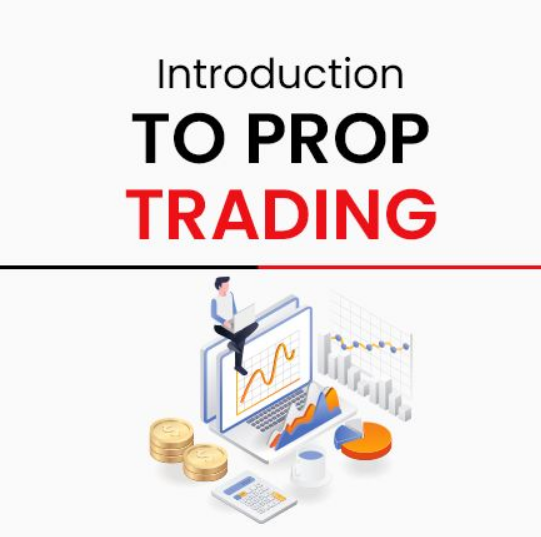Using Volatility for Proprietary Trading Edge
In the world of proprietary trading, where firms trade stocks, bonds, currencies, commodities, or other financial instruments with their own money to generate profits, one key element stands out: volatility. Leveraging market volatility can provide a substantial edge to proprietary traders. Understanding and utilizing this dynamic market component is crucial for gaining a competitive advantage.
Understanding Market Volatility
Market volatility refers to the rate at which the price of a security increases or decreases for a given set of returns. It reflects the level of uncertainty or risk associated with the size of changes in a security’s value. Traders often use various tools and indicators to measure volatility, such as the VIX (Volatility Index), which gauges market expectations of near-term volatility. Recognizing high versus low volatility environments is essential, as they demand different trading approaches.
Volatility-Based Trading Strategies
Traders employ several strategies that take advantage of market volatility to maximize returns. In options trading, strategies like straddles and strangles are popular. These involve purchasing options that profit from significant price changes in either direction, thus capitalizing on volatility. Additionally, dynamic hedging techniques allow traders to manage risks effectively while engaging in volatility arbitrage to exploit differences in market pricing.
Risk Management in Volatility Trading
Risk management is a critical component when trading on volatility. Proper assessment and management of risk help traders avoid significant losses during unpredictable market swings. Techniques such as stop-loss orders, diversification, and maintaining a balanced portfolio enable traders to reduce exposure to adverse market movements and, at the same time, take advantage of opportunities when they arise.
Case Studies
Numerous firms and individual traders have successfully harnessed volatility to achieve substantial profits. Analyzing these cases provides valuable insights into effective strategies and risk management tactics. Learning from past market scenarios can guide traders in implementing robust approaches to capitalize on volatility.
Role of Technology and Algorithms
Technology plays a pivotal role in analyzing and predicting market volatility. Algorithms and machine learning models aid traders in identifying patterns and making informed decisions. These advanced tools allow for the swift analysis of vast amounts of data, enabling traders to respond rapidly to market changes. As technology continues to evolve, the impact on volatility analysis and trading is poised to grow, offering new opportunities for innovative strategies.
Conclusion
Incorporating volatility into trading strategies offers proprietary traders a powerful tool for realizing greater profits. By leveraging understanding, risk management, and cutting-edge technology, traders can turn volatility into a significant advantage. As market dynamics continue to evolve, embracing volatility will remain a key focus for traders seeking an edge.
Thank you for reading this post on leveraging volatility in proprietary trading. If you have any questions or would like to explore more about this topic, feel free to contact us.






